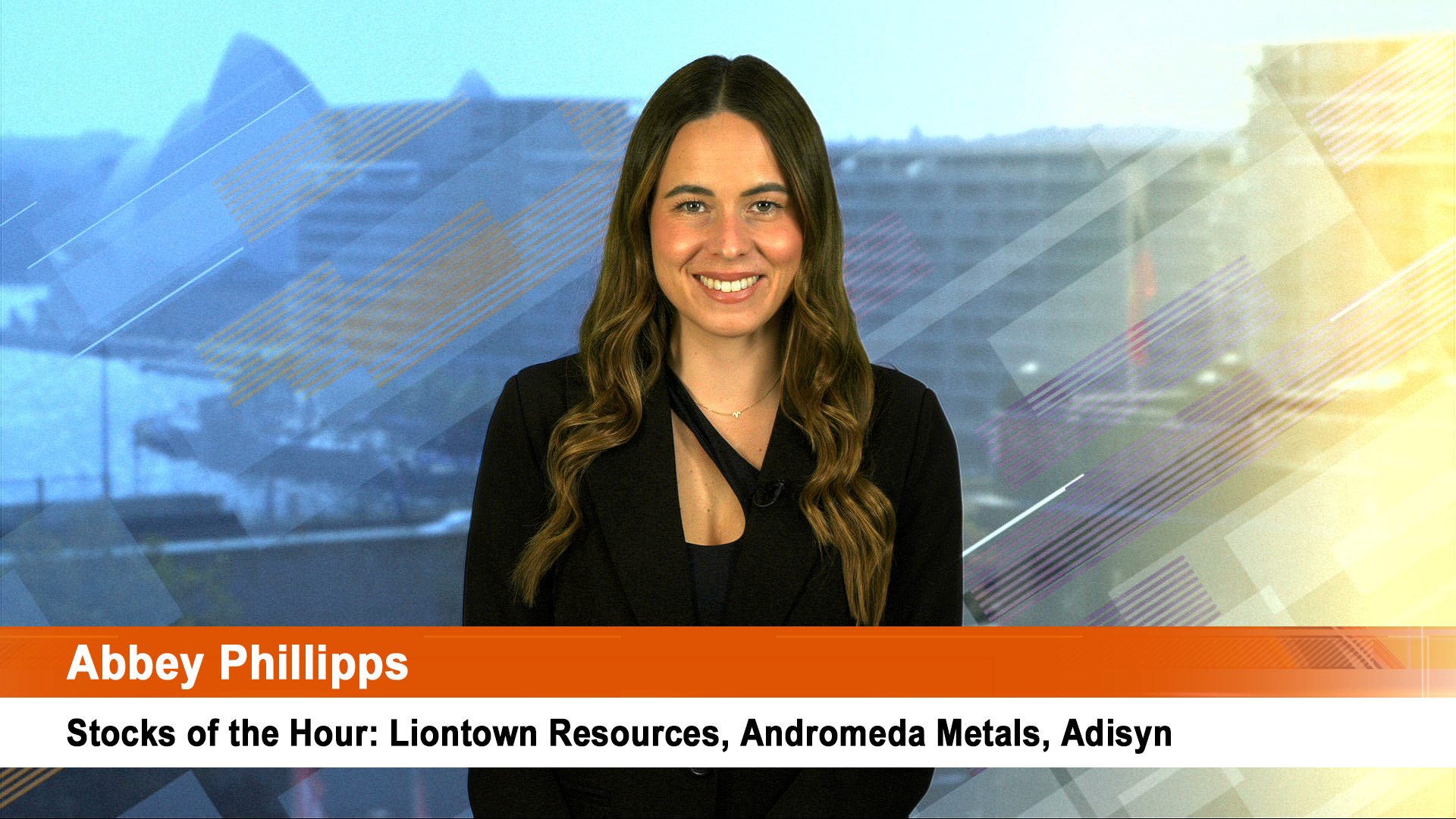Given the bounce in US shares on Friday night, the local market this morning may end up starting with a loss smaller than the 28 point drop indicated by the overnight futures market.
In fact there’s a chance the ASX200 could edge back into the green, but it will depend what happens to China where Friday’s 4% slide in Shanghai took the week’s fall to a nasty 10% and passed under the radar caused by Wall Street’s chaos.
Now investors have had a chance to focus on the importance of China and Friday’s large slide was a concern. A recovery this morning will go a way to settling nerves for a while, more losses will send other markets lower this afternoon.
And also watch gold and oil stocks and other miners in Australia – they could be hammered this morning after a general slide in commodity prices on Friday night, led by gold, oil and copper.
Eurozone shares fell 1.2% on Friday having closed when the US share market was down by around 1% or so, but the US S&P 500 then staged a rebound to end the day up 1.4%, with the Dow and Nasdaq following it higher.
While US shares had a good bounce on Friday for the week they fell 5.2%, Eurozone shares fell 5.1%, Japanese shares lost 8.1%, Chinese shares fell 10.1% and the Australian share market lost 4.6%.
Hong Kong’s Hang Seng shed 9.5% of its value by the close on Friday and like Shanghai, will be glad of the looming long holiday break.
Bond yields were little changed over the week as safe haven buying kicked in limiting their upside.
The $US dollar turned higher and with the Reserve Bank and Government Phil Lowe telling us they were not in a hurry to raise rates the $A fell back to around 78.10 US cents.
Wall Street surged in the final hour of Friday’s session, capping what was a chaotic, wild week of trading.
Shares managed to pull themselves out of correction territory, (a 10% fall from the most recent peak), but still suffered their worst weekly slide in over two years.
The S&P 500 ended 1.5% higher to 2,619.3, but traded as much 2.2% and as much as 1.9% lower.
For the week, the index was down 5.2%, its worst performance since the week ended January 8, 2016.
The Dow ended up 1.4% at 24,194.75 and had also swung between gains and losses on Friday.
For the week, it was also down 5.2%, also its worst since January 2016.
Both the S&P 500 and Dow Jones closed in correction territory on Thursday for the first time, dropping more than 10% from their record closes on January 26.
The Nasdaq Composite has managed to avoid that milestone on a closing basis, but on Friday did briefly trade more than 10% below its recent peak. It ended up 1.4% to 6,868.33 on Friday, but was 5.1% lower for the week.
And volumes soared.
Marketwatch.com pointed out that "It should come as no surprise that a week of volatile price action and slumping stocks saw a jump in trading volume. Total composite volume for the week was 54,528,267,895 shares, the highest since the week ending August 12, 2011.
“Total composite volume for Friday was more than 11.8 billion shares, making it the second-largest volume day of the year after Tuesday, when more than 12.04 billion shares changed hands."
Bonds eased as investors exited the relative safety of government debt and moved back into equities. The yield on the benchmark 10-year US Treasury was up 0.6 basis points at 2.854%.The yield hit a four-year high of 2.880% on Monday.
The US dollar index, a measure of the US currency against a weighted basket of six peers, was up 0.2% at 90.434 That’s why the Aussie was weaker).
The AMP’s Dr Shane Oliver wrote at the weekend that:
"While inflation, Fed and bond yield worries were the trigger for the share fall its rapidity owes much to the unwinding of a huge build up in so-called short volatility positions through exchange traded vehicles like XIV that collapsed circa 90% in value (and is now being closed) as volatility measured by the VIX index surged.
"Quite why some thought already record low volatility would go even lower beats me and it all looks like another case of financial engineering gone wrong, but as Warren Buffett has said “when the tide goes out you get to see who was swimming naked”.
“From their recent highs to the lows share markets have fallen 12% in Japan (made worse by a rise in the Yen), 10% in the US, 8% in Europe, 13% in China and 5% in Australia.
“The severity of the falls globally with markets having got oversold and the VIX volatility index pushing up to levels often associated with market bottoms suggest we may have already seen the worst but with bond yields likely to back up further and uncertainty around how much the unwinding of short volatility positions has to go, further weakness cannot be ruled out in the short term.
"However, our view remains that in the absence of a US or global recession the pullback is just another correction. It may feel worse because we haven’t had one for a while.
"Some things worth bearing in mind though around the pullback are that: corrections are normal; they usually don’t turn into deep bear markets unless there is a recession; selling after share market falls only locks in a loss; pullbacks provide an opportunity because shares are now cheaper; and while share prices may have fallen dividends have not so the income yield from shares is actually up,” Dr Oliver said.













